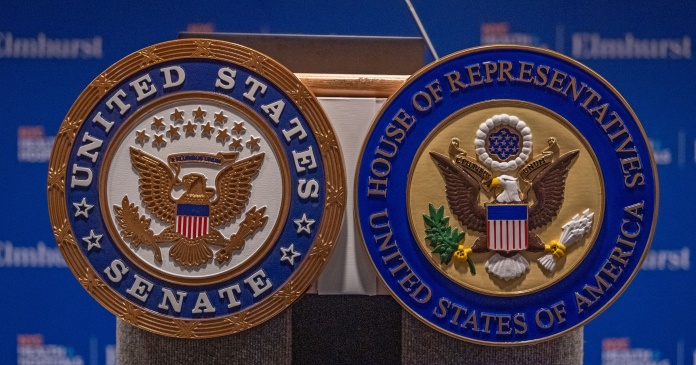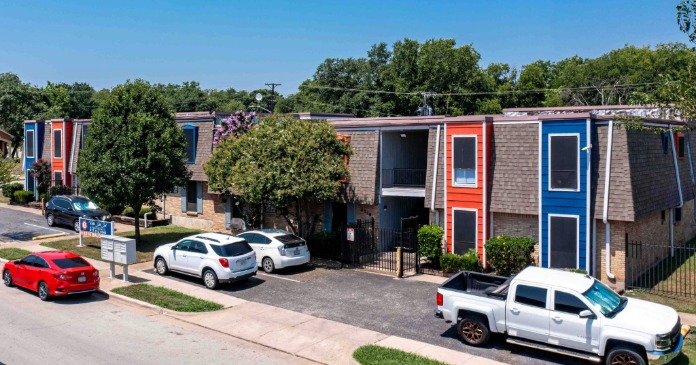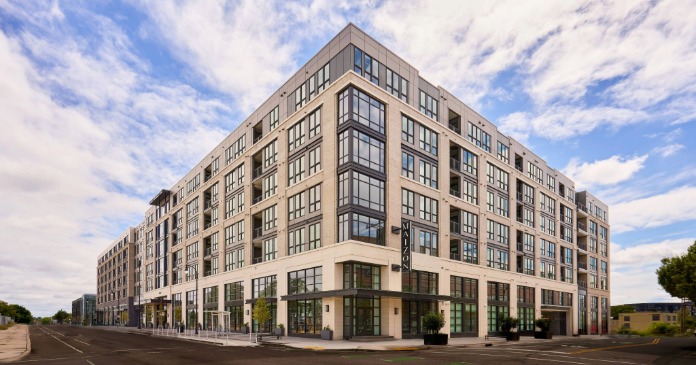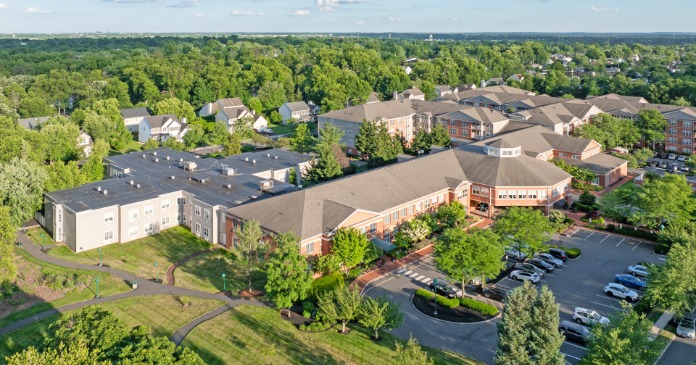On October 9, the U.S. Senate passed the bipartisan Renewing Opportunity in the American Dream to Housing Act of 2025 (ROAD to Housing Act) as part of its version of the National Defense Authorization Act (NDAA). The landmark legislation passed by a 77-20 vote despite the federal government entering its second week of shutdown. However, the legislation must now be reconciled with the House version of the NDAA, which did not include the housing provisions.
The ROAD to Housing Act represents the first comprehensive housing legislation passed by Congress in over a decade. Originally introduced by Senate Banking Committee Chairman Tim Scott (R-SC) and Ranking Member Elizabeth Warren (D-MA), the 315-page bill previously achieved unanimous passage from the Senate Banking Committee in July with a 24-0 vote.
The timing of the Senate’s action underscores the importance lawmakers from both parties place on addressing America’s housing crisis. As Scott and Warren noted in their joint statement, the legislation “takes important steps to boost the nation’s housing supply, improve housing affordability, and increase oversight and efficiency of federal regulators and housing programs”.
Comprehensive approach to housing challenges
According to the Bipartisan Policy Center, the ROAD to Housing Act encompasses at least 27 previously introduced pieces of housing-related legislation. It is designed to tackle multiple facets of the housing crisis through four primary paths:
- Key provisions of the legislation include directing HUD to develop best practices for zoning and land use policies and establishing pattern books for pre-approved housing designs. It helps communities overcome zoning barriers, streamlines environmental reviews for housing projects, and creates grants for communities that increase housing production.
- The bill ensures veterans understand their home loan benefits, improves the home appraisal process, helps families save for homes, and removes barriers to smaller mortgages. It also includes provisions to reduce delays in HUD inspections and streamline the voucher program.
- The legislation includes the Property Improvement and Manufactured Housing Loan Modernization Act and provisions supporting Community Development Financial Institutions. It updates rules and financing for manufactured and modular homes while encouraging new building technologies that make housing more affordable.
- It permanently authorizes disaster recovery efforts and incorporates resilience measures to reduce repetitive losses. This includes permanent authorization of the CDBG-Disaster Recovery program and provisions from the Reforming Disaster Recovery Act.
Bill sees broad industry support
The legislation has garnered support from across the housing industry. The National Association of Realtors’ Shannon McGahn praised the bill as offering “meaningful, pragmatic solutions to restore opportunity for millions of American families“. The National Association of Home Builders highlighted provisions addressing “zoning and land-use policies, the aging housing stock, rural housing, and multifamily housing”.
The Mortgage Bankers Association called the passage “a win for housing affordability and consumers,” while Habitat for Humanity emphasized the bill’s provisions to “streamline existing programs, increase the supply of affordable homes and preserve our aging housing stock“.
But it faces significant obstacles in House
The legislation now faces a complex path through the House of Representatives, where prospects for passage appear challenging due to several factors:
- Government Shutdown Dynamics: House Speaker Mike Johnson (R-LA) has stated he will not call the House back into session until Senate Democrats agree to end the government shutdown by supporting a “clean” continuing resolution. This indefinite recess means no legislative business, including NDAA conference negotiations, can proceed.
- NDAA Conference Process: The House passed its own version of the NDAA (H.R. 3838) in September by a 231-196 vote, but the House version does not include the ROAD to Housing Act or any comparable housing provisions. This creates a significant hurdle during the conference committee process where differences between House and Senate versions must be reconciled.
- Timing Pressures: Even under normal circumstances, NDAA conferences typically continue through the fall, with committees targeting compromise before Thanksgiving and final passage before the December recess. The ongoing shutdown has effectively stalled this process.
Conference Committee challenges
The conference process faces several obstacles beyond the shutdown. The House and Senate NDAA bills differ by approximately $32 billion in topline funding, with the Senate version authorizing $924.7 billion compared to the House’s $892.6 billion. Housing provisions represent just one of hundreds of differences that conferees must resolve.
House Armed Services Committee members submitted more than 900 amendments to their version of the NDAA, while the Senate considered over 980 proposed amendments. This volume of differences typically requires extensive negotiations that would be impossible during a government shutdown.
Political calculations
The ROAD to Housing Act’s inclusion in the NDAA was a strategic decision by Senate leadership to attach housing reforms to “must-pass” legislation. However, this strategy faces resistance in the House, where conservative members often oppose omnibus-style bills that combine unrelated policy areas.
Speaker Johnson’s current stance against negotiations during the shutdown suggests he may resist accepting Senate amendments that weren’t part of the original House bill. According to The Hill, Speaker Johnson has “embraced Freedom Caucus tactics” of passing limited bills and forcing the Senate to accept them.
The stakes for housing legislation remain enormous. With homeownership increasingly out of reach for millions of Americans and housing costs consuming larger portions of family budgets, the ROAD to Housing Act addresses what the National Housing Conference calls a “defining challenge of our generation”.
Looking ahead
The path forward depends largely on resolving the government shutdown, which Speaker Johnson warned could become the “longest in American history”. Until the House reconvenes, the ROAD to Housing Act remains in legislative limbo despite its strong bipartisan Senate support.
Industry observers remain cautiously optimistic that housing’s rare bipartisan appeal could help the legislation survive the conference process once normal legislative operations resume. As the National Housing Conference stated, “NHC strongly urges all conferees to ensure the ROAD to Housing Act and CDFI provisions remain in the final legislation”.
The ultimate fate of this landmark housing legislation may depend not just on policy merits, but on broader political calculations about government funding, healthcare subsidies, and the willingness of both parties to compromise in an increasingly polarized environment.












